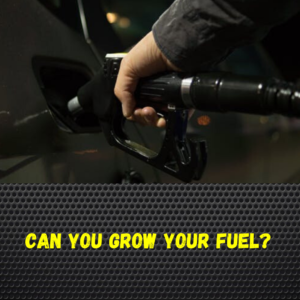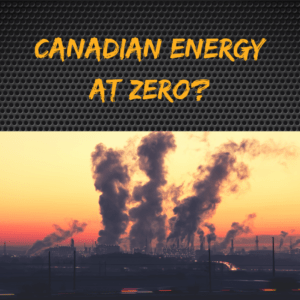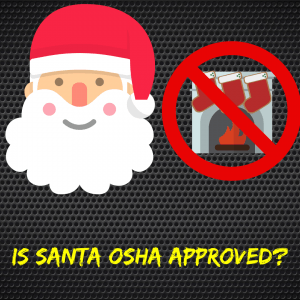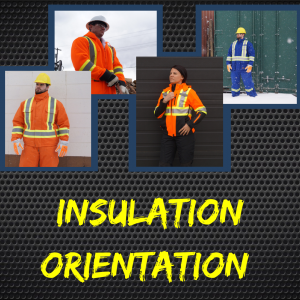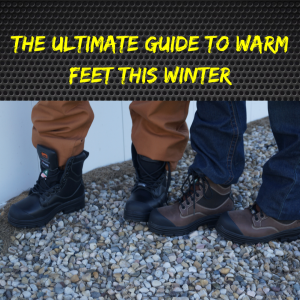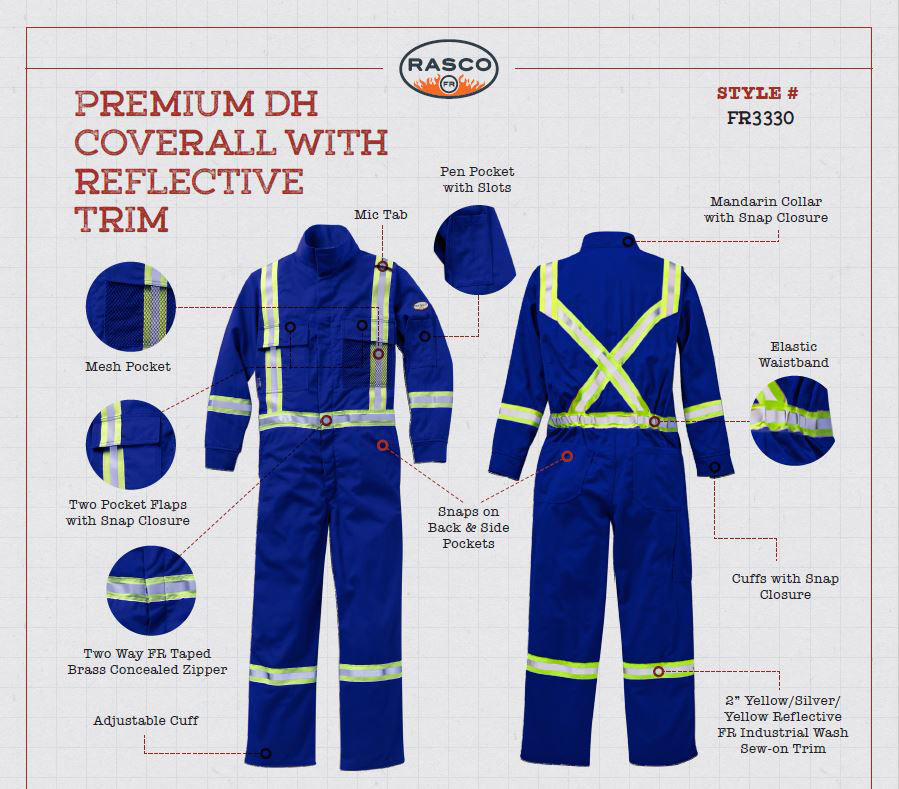
With the Warmer Weather Upon Us: Why DH?
Moisture Mitigation:
‘Optimized Moisture Management’
Comfort is a big deal when working in warm conditions. Westex® DH, with its uniquely woven blend, provides outstanding breathability and optimized moisture management to keep the wearer cooler, drier and more comfortable.
Light cotton fabrics are great in hot weather. It’s breathable, sweat wicking, and allows heat to escape the body keeping you cool. The downside with heavier cotton fabrics, is that it wicks up retaining more sweat, making it harder to dry. DH is a blend of inherent Fire-Resistant fabrics and 40% Tencel. ‘Tencel, (lyocell) a fiber made from cellulose found in wood pulp. Lyocell is composed of nanofibrils — literally very, very small fibers — which are hydrophilic,” a quality that makes the fabric better at absorbing moisture. “This gives Tencel unique moisture absorption ability, which in turn makes it breathable and softer.
Cost Benefits:
Our DH coverall, you may find it less expensive than comparable inherently flame-resistant fabrics. Over the life of the garment it should last longer under normal use than heavily cotton based FR fabrics, based on its abrasive resistant properties. It also has antistatic properties. The biggest question is what is the cost benefit of a comfortable feel and breathable fabric when working in very warm conditions compared to other fabrics on the market?
Eco Friendly:
Tencel is also more environmentally friendly than other fabrics. It’s produced on a “closed-loop system,” in which “99% of the chemicals and solvents used in the process to break down the wood pulp are recovered and recycled with minimal waste and very low emissions. The process received the European Award for the Environment from the EU.
Tencel uses less land and water than cotton production. In fact, according to Bahulkar, cotton, especially when industrially farmed to satisfy global demand, uses up to 20 times more water. Tencel is also made from eucalyptus trees, which don’t require pesticides or irrigation, according to the Natural Resource Defense Council. Lenzing says it can grow enough trees for a ton of Tencel on half an acre of forestland that is unsuitable for farming. Cotton needs up to five times as much high-quality farmland, according to the NRDC.
What Our Customers Say:
The most stated comment is how comfortable it is when first put on. It is why Tencel is used in the fashion industry. Our initial feedback in real working conditions is positive so far.
DH Meets the Standards for Wildland Fire Fighting. Certification of Compliance Available Upon Request.
Visit Producthttps://www.businessinsider.com/how-tencel-compares-to-cotton-2015-9 https://www.westex.com/fr-fabric-brands/westex-dh/


